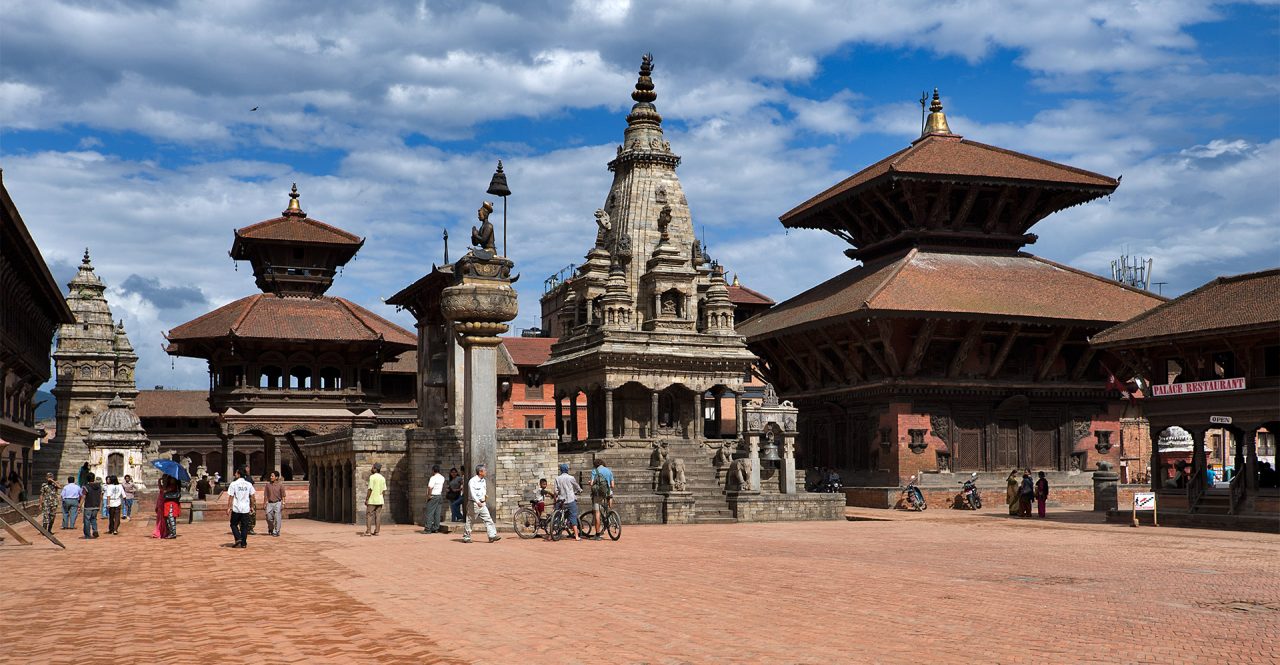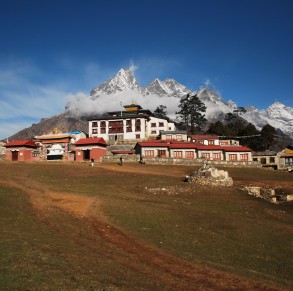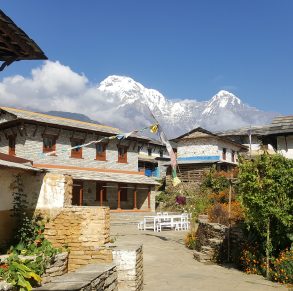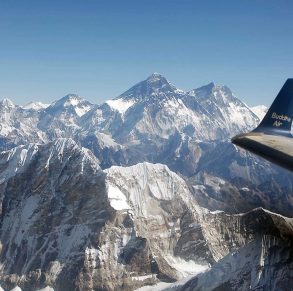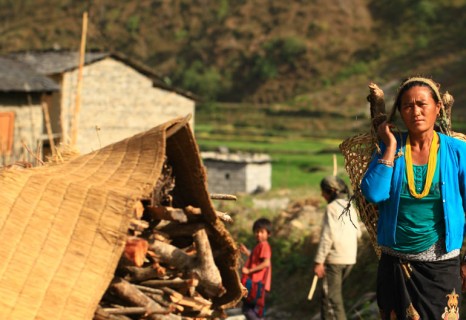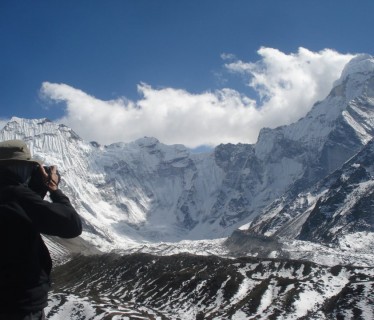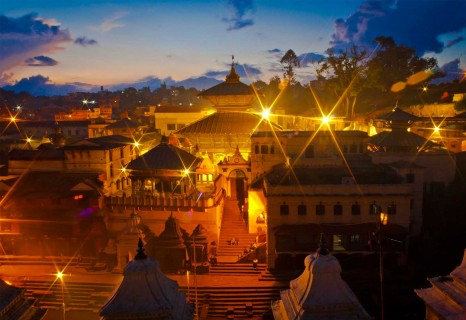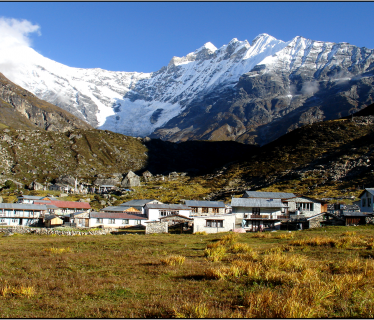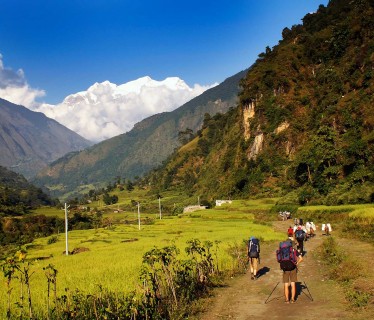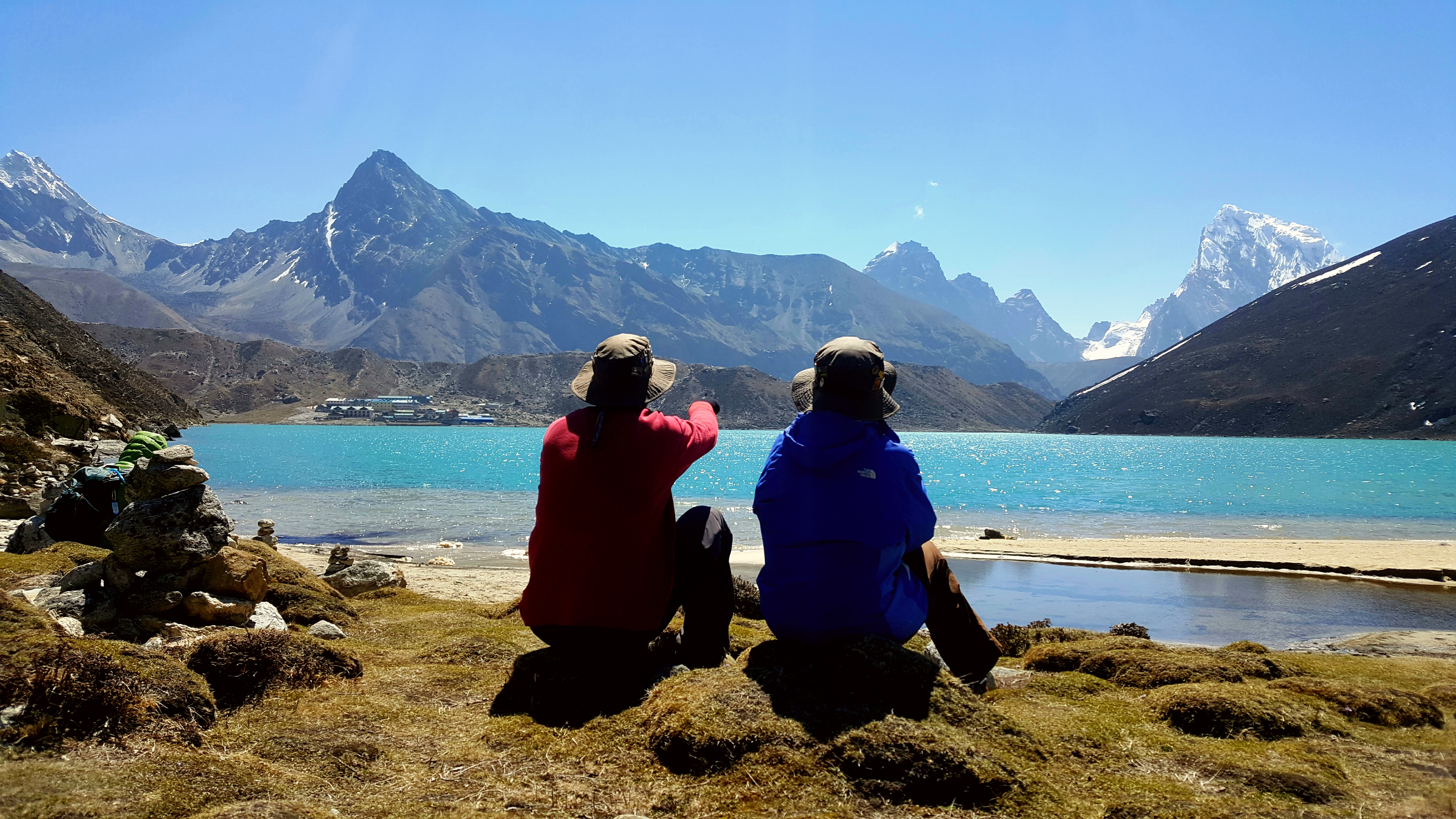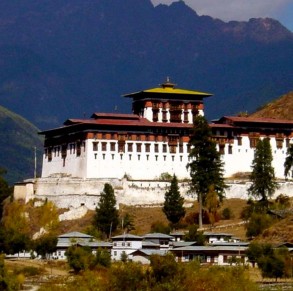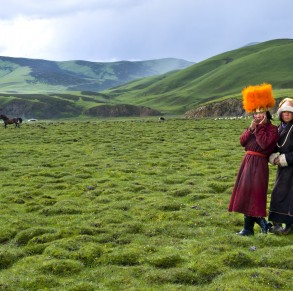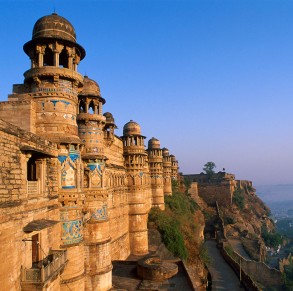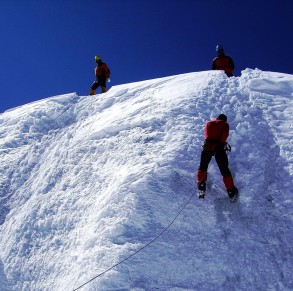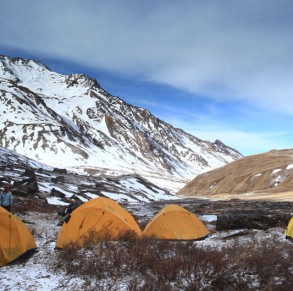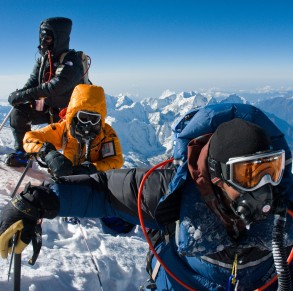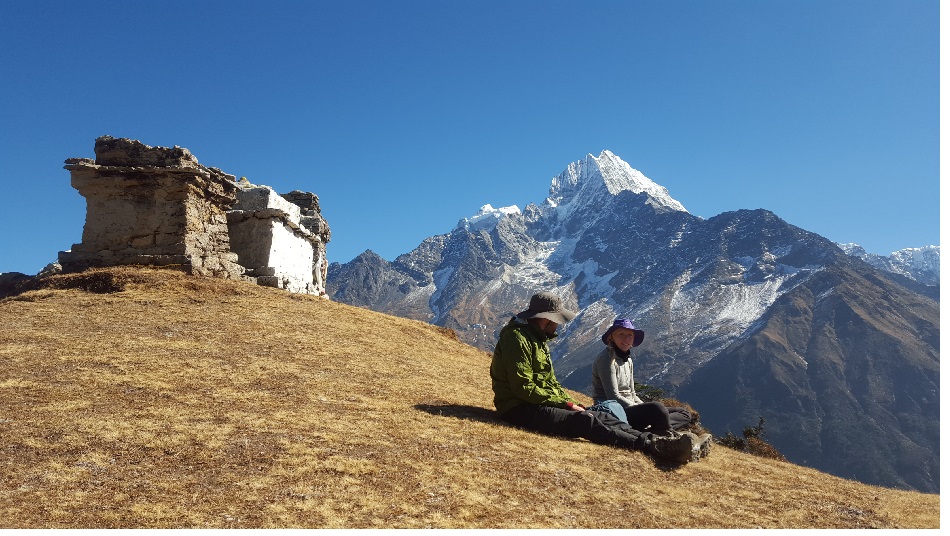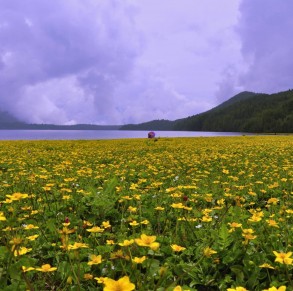Overview
If you venture to understand Kathmandu through history, you might find yourself inside the globe of magical butterflies and moonbeams. Time does not pass linearly in a place where facts and fictions are inseparable. There are many stories about how Kathmandu came into being as there are people living in it. Out of many, one such story is how Lord Shiva and his consort Parvati in the form of deer were roaming in a forest by the Bagmati River, now the present Kathmandu.
They enjoyed and loved the environment to such an extent that it created an imbalance in the universe and became an issue among other gods to find and get them back in their usual forms and errands. Once he was found, Shiva finally agreed to leave, and decided that he would leave one of his horns on the bank of the Bagmati river, which is nowadays worshiped as a Shiva lingam in the Pashupatinath temple.
Another story (even science approves it) speaks of the Kathmandu valley being ‘One Big Lake’. But here fiction continues saying in the middle of the lake, a lotus flower started emerging and eventually blossomed. The lake and the lotus (as well as its surroundings) turned out to be so beautiful that a Buddhist priest, Manjushree, seeing it once, concluded that the area would be very suitable for human life. He cut a gorge in the Chobhar hill and let the lake drain out. In order to protect the lotus flower, he placed it on the top of a hill, which is now worshiped as the Swayambhu Hill. After a long time, when flower sank inside the hill, people of Kathmandu and devotees from all around built the Swayambunath Stupa in order to continue worshipping it.
Leaving behind the old stories and arriving back in this modern world, one can easily spot stones in Kathmandu by the alley that are regularly and traditionally worshiped. Those stones and idols have never been moved since the beginning of the time. If you ask ordinary people how old all those are, they will give you a confused, but a confident answer, “very old”.
The close connection of people with time and the history of the region is noticeable in every historical artifact of Kathmandu, be it temples or castles. People still claim that one can hear Shiva’s laughter in the burbling of the river Bagmati in the monsoon season. Deer still roam around in the forest above the Pashupatinath Temple, and those species are still considered pious and holy. People of the Kathmandu enjoy an even more personal relationship with the Kathmandu’s past. The soil that was once the bed of the Kathmandu Lake is the foundation upon which the city rests today. The houses (especially the old houses in the valley) were built from red bricks made of the soil that was once at the bottom of the lake. The artistic clay pots and vessels used for storing food and water are made out of the soil, which is obliged to a Buddhist priest for its creation.
The rice planted in every monsoon season grows in abundance, thanks to the organic material left in the land of the once upon a time lake, making the land fertile. Every house, every grain of rice and every Nepalese for that matter, is a footprint of the valley’s most ancient past. It is no wonder that fact intertwines with fiction in Kathmandu’s collective consciousness..
Kathmandu Tour is designed for those who are visiting Kathmandu for a very short period of time. The 4-day Kathmandu Tour provides a close glimpse of the country with visits to plenty of UNESCO World Heritage Sites in Katmandu, Lalitpur (Patan) and Bhaktapur, which are all cities within the Kathmandu Valley. The trip not only showcases the rich culture of the Nepalese people but also takes you back in time through its architectural marvels. During this trip we will also visit Nagarkot, a village in the hills of Bhaktapur, which is an ideal place for stunning Himalayan views.


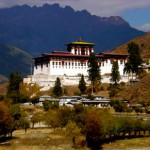
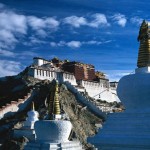
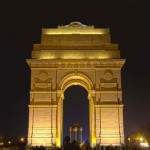

 English
English